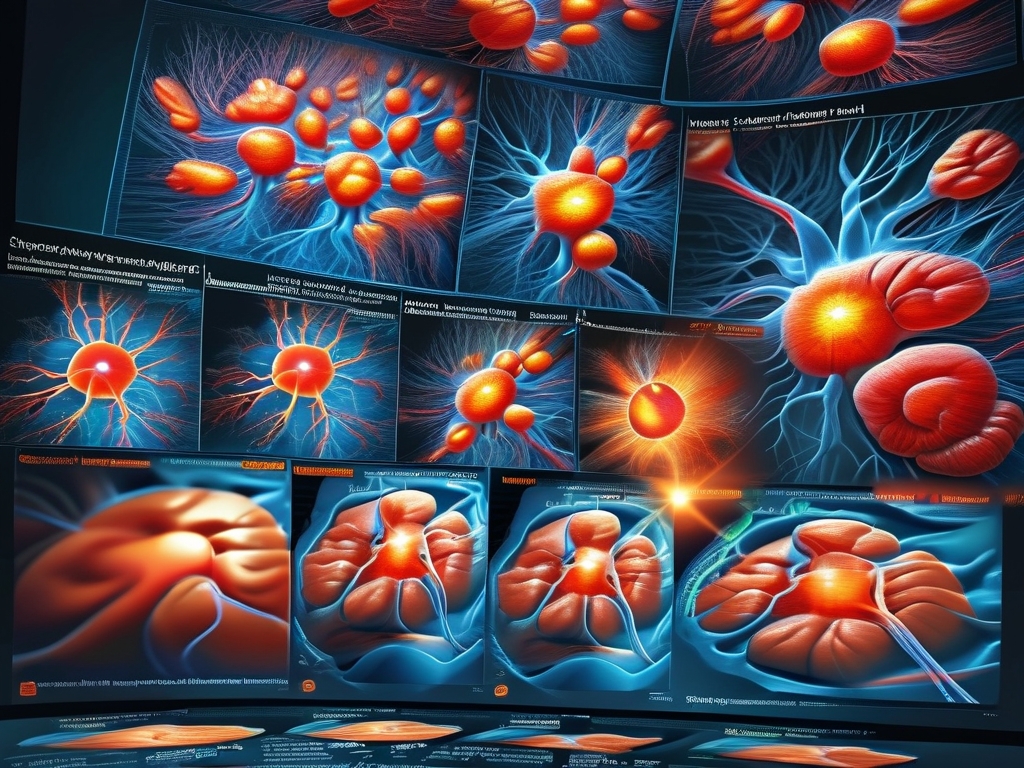The integration of artificial intelligence (AI) into healthcare has revolutionized numerous medical disciplines, with surgical planning emerging as one of the most promising frontiers. Among AI technologies, neural networks-particularly deep learning models-are redefining how surgeons prepare for complex procedures, optimize outcomes, and mitigate risks. This article explores the role of neural networks in surgical planning, highlighting their applications, challenges, and future potential.

The Need for Advanced Surgical Planning
Surgical planning is a critical phase that determines the success of an operation. Traditional methods rely heavily on preoperative imaging (e.g., MRI, CT scans) and surgeon expertise to map out anatomical structures, identify pathologies, and simulate procedural steps. However, these approaches face limitations:
- Human Error: Manual interpretation of imaging data is time-consuming and prone to subjectivity.
- Complex Cases: Surgeries involving intricate anatomy (e.g., brain tumors, cardiovascular repairs) demand hyper-personalized strategies.
- Dynamic Adaptability: Intraoperative changes, such as unexpected bleeding or tissue shifts, require real-time decision-making.
Neural networks address these challenges by automating data analysis, enhancing precision, and enabling predictive modeling.
How Neural Networks Enhance Surgical Planning
1. Preoperative Image Segmentation
Convolutional neural networks (CNNs) excel at analyzing medical images. For instance, U-Net architectures segment tumors, blood vessels, and organs with pixel-level accuracy. A 2022 study published in Nature Medicine demonstrated that AI-driven segmentation reduced preoperative planning time by 40% for liver resection surgeries while improving tumor boundary detection.
2. 3D Anatomical Reconstruction
Generative adversarial networks (GANs) can convert 2D scans into 3D models, offering surgeons a holistic view of patient-specific anatomy. At Johns Hopkins University, a GAN-based system reconstructed cardiac structures from echocardiograms, enabling surgeons to simulate valve repair procedures virtually.
3. Risk Prediction and Outcome Optimization
Recurrent neural networks (RNNs) analyze historical patient data to predict surgical risks, such as infection likelihood or postoperative complications. For example, Mayo Clinic's AI platform uses RNNs to forecast spinal fusion outcomes, allowing surgeons to adjust plans based on a patient's unique biomechanical profile.
4. Intraoperative Guidance
Real-time neural networks integrate with augmented reality (AR) systems to overlay critical data (e.g., vessel trajectories, tumor margins) onto a surgeon's field of view. In neurosurgery, platforms like SurgiCam employ CNNs to alert surgeons when instruments approach sensitive brain regions.
Case Studies: Neural Networks in Action
- Orthopedics: A Boston Children's Hospital team developed a CNN model to plan scoliosis surgeries. By analyzing spinal curvature patterns, the system recommends optimal screw placement, reducing nerve damage risks.
- Oncology: At MD Anderson Cancer Center, a deep learning system predicts tumor response to neoadjuvant therapy, helping surgeons decide whether to prioritize resection or adjuvant treatments.
- Transplant Surgery: Stanford University's AI tool uses graph neural networks to match donor organs with recipients, considering factors like immunological compatibility and vascular anatomy.
Challenges and Ethical Considerations
Despite their potential, neural networks in surgical planning face hurdles:
- Data Quality: Training requires large, annotated datasets, which are scarce for rare conditions.
- Interpretability: "Black-box" models may lack transparency, raising concerns among surgeons.
- Regulatory Hurdles: FDA approval for AI-driven surgical tools demands rigorous validation.
- Ethical Dilemmas: Overreliance on AI could erode surgical skills or lead to liability disputes in case of errors.
The Future: Toward Autonomous Surgical Systems
Emerging trends suggest a shift from decision support to semi-autonomous systems. Hybrid models combining reinforcement learning (RL) and robotics are being tested for tasks like suturing and tissue dissection. Meanwhile, federated learning frameworks enable hospitals to collaboratively train models without sharing sensitive data-a breakthrough for scalability.
Neural networks are transforming surgical planning from an artisanal practice into a data-driven science. By enhancing precision, personalization, and predictive capabilities, they empower surgeons to navigate complexities with unprecedented confidence. However, successful adoption hinges on addressing technical limitations, fostering interdisciplinary collaboration, and maintaining ethical vigilance. As AI continues to evolve, its synergy with human expertise will define the next era of surgical innovation.



